Year: 2024
-
Public schools should not post the Ten Commandments
Schools should post the Proclamation on the Family instead.
-

The Buddhist Alma the Younger and Forgiving the Unforgivable
While Saul/Paul and Alma the Younger were arguably committing the worst kind of sins by fighting against God, in both narratives they were sincere and possibly even well-meaning, albeit theologically wrong. They weren’t, say, torturing or killing people en masse as far as we know, and it seems like if there is a textbook case…
-
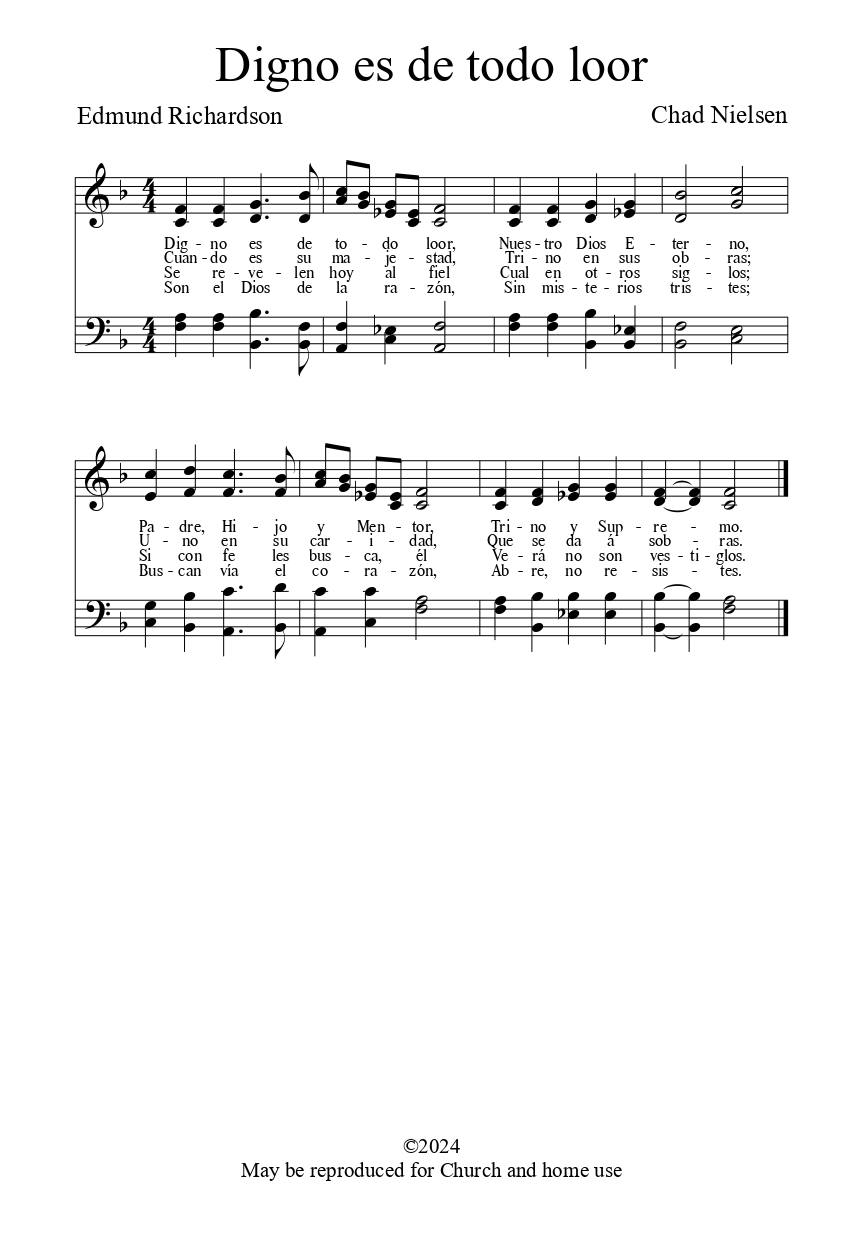
“Digno es de todo loor”
“Digno es de todo loor” by Edmund Richardson is another effort by Richardson to address the Latter-day Saint understanding of the Godhead in a hymn (the other example being Doxologías).
-
Michael Austin on the Book of Mormon
A fascinating read that was recently published is Michael Austin’s The Testimony of Two Nations. I’ve already done a review of the book, but wanted to highlight a recent interview that Michael Austin did at the Latter-day history blog From the Desk that shared some interesting insights from the book. What follows here is a…
-
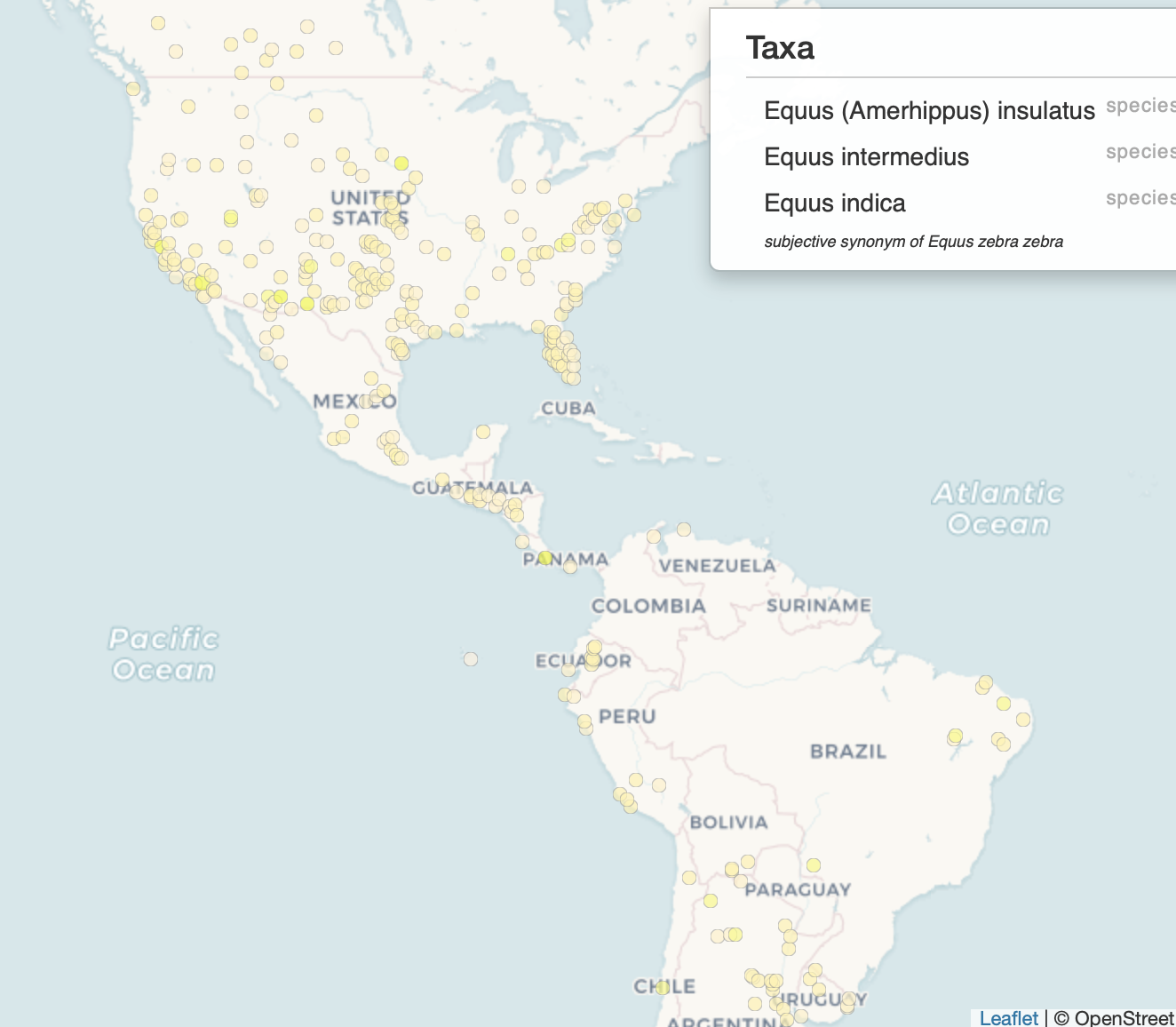
Ancient Horses in the Americas, False Negatives, and the Paleobiology Database
Distribution of Equus fossils in the Americas from the Quaternary, Paleobiology Database The fossil record for horses in the Quaternary in the Americas, a very niche topic, has had particular interest to Latter-day Saints for well-known reasons. At the outset I should lay my cards on the table and state that I hold to a…
-
The State of Israel, Follow Up
So quite the discussion a few weeks ago, and my apologies for returning to it since the last one got a little heated. I did mean the post as a Bloggernacle topic, or how do we interpret the issue of the State of Israel in in terms of our religion? Again, that’s why I brought…
-
You Might Be a Pharisee if…
The Pharisees get a bad reputation from their portrayal in the gospels, but it probably isn’t deserved. Jewish scholar Amy-Jill Levine recently discussed why that is likely to be the case that we are guilty of misunderstanding the Pharisees in a recent interview at the Latter-day Saint history blog From the Desk. What follows here…
-
Joseph Spencer on Bruce R. McConkie’s Legacy
Long-time followers of my blog posts (if any exist) are likely aware that I have a complicated relationship with Elder Bruce R. McConkie. He was hugely influential to me in my teenage years and early twenties before my own views of Latter-day Saint theology began to conflict with his in a few very notable ways.…
-

From Whence Muhammad?
Fun fact: One of the most prominent movies about the life of Muhammad (who, out of respect for Sunni Muslim sensitivities, is never actually shown onscreen) was produced and directed by Latter-day Saint Richard Rich, who has also done some Book of Mormon films, and whose aesthetic you might recognize from movies like the…
-
Alienation – you keep using that word
I generally have vowed to stay out of specific political discussions online, but this is not about any specific political issue – I have seen this claim too often with many issues or candidates from all side of the spectrum and in different locales (and not just the presidential election in the USA that dominates…
-
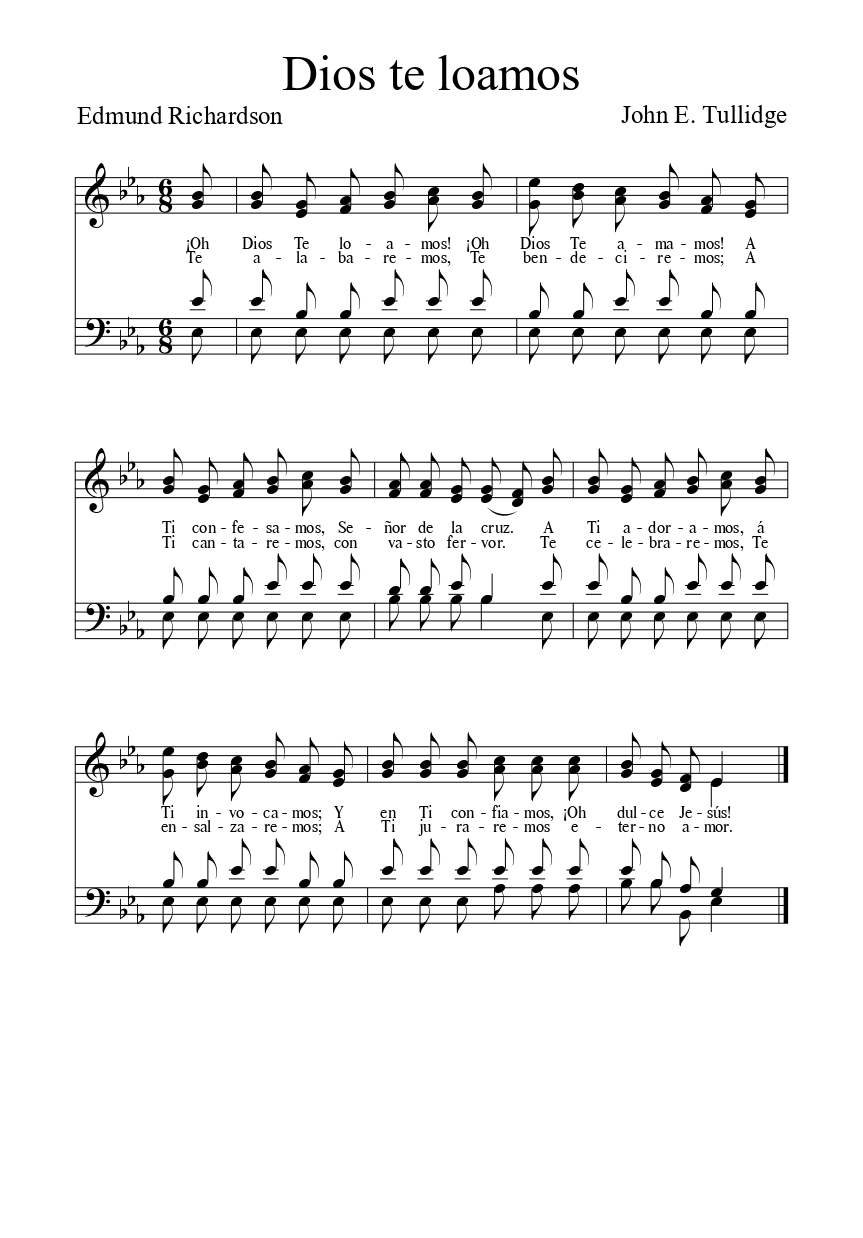
“Dios Te Loamos”
“Dios Te Loamos” by Edmund Richardson was one of the shorter original hymns included in the Mexican Mission hymnals. That being said, I am fond of this text.
-
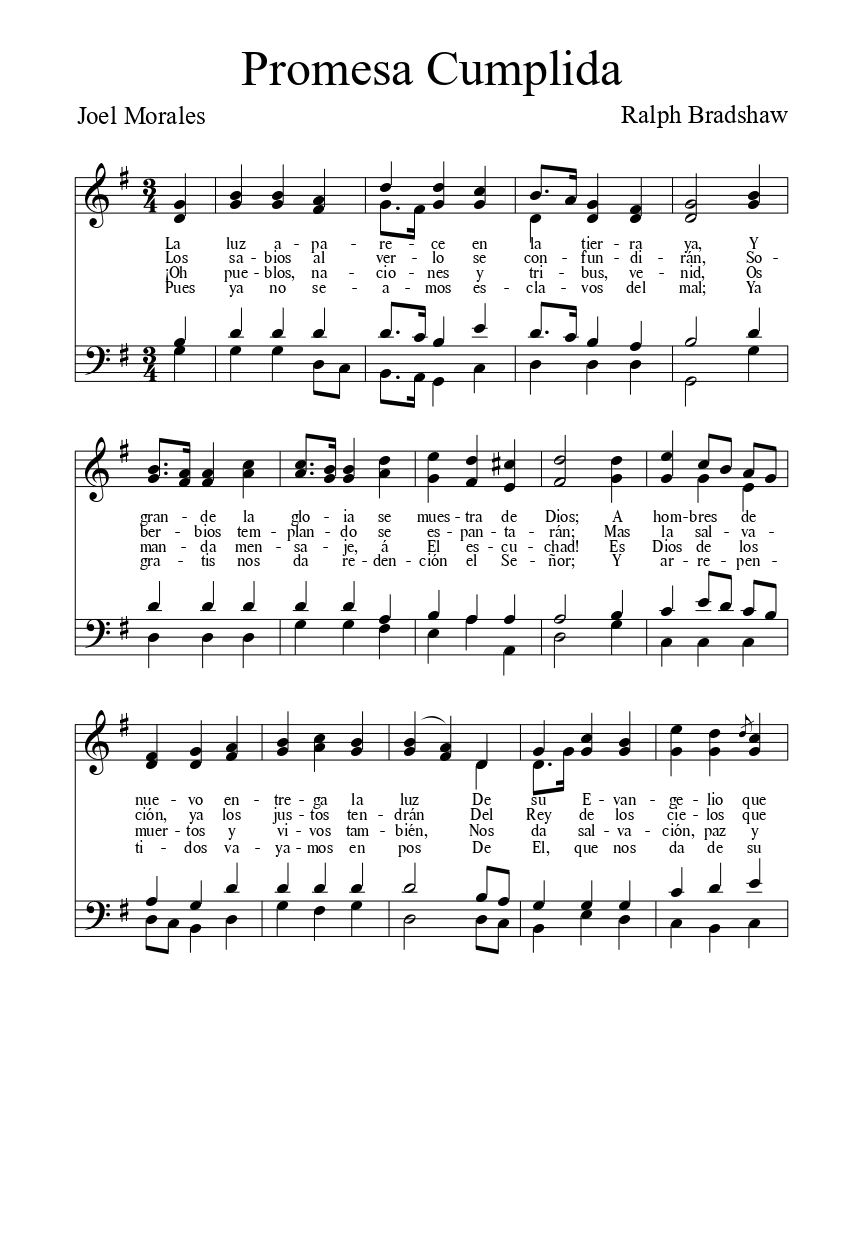
“Promesa cumplida”
“Promesa cumplida” by Joel Morales is a fantastic example of hymns about the Great Apostasy and the Restoration of the Gospel of Jesus Christ in Mexican Latter-day Saint literature.
-
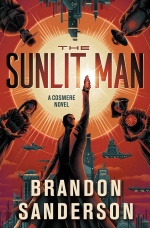
Faith crisis in Brandon Sanderson’s Sunlit Man
This post is full of spoilers. Don’t read it until you’ve read the book, which is very much worth reading and has become one of my favorites by Sanderson.
-

The Cosmological Grandeur of the Restored Gospel: Mining the Journal of Discourses
Worlds Without End in the style of Van Gogh How is it that hardly any major religion has looked at science and concluded, “This is better than we thought! The Universe is much bigger than our prophets said, grander, more subtle, more elegant?” Instead they say, “No, no, no! My god is a little god,…
-
“El Tiempo Ha Llegado” and “Te glorificamos, oh Dios”
There were two hymn texts in the Mexican Mission hymnals that I wasn’t really sure what to do with: “El Tiempo Ha Llegado” and “Te glorificamos, oh Dios.”
-
Theology in Alma
Just in time for us to study Alma in “Come, Follow Me,” the Latter-day Saint history blog From the Desk published an interview with Kylie Nielson Turley about theology in Alma. Kylie Nielson Turley wrote the Maxwell Institute’s brief theological introduction to the first half of the Book of Alma and has a lot of…
-

The Church in the Courts, 2024
The website “Court Listener” is a publicly available source for looking up cases around the country. By searching for the term “Latter-day” I looked for all cases involving the Church that were filed sometime during 2024. Of course, I am no lawyer (unlike By Common Consent, our bench is quite shallow on the legal side…
-
Joseph Smith’s Uncanonized Revelations
I don’t think it’s a secret that I have an ongoing fascination with the Doctrine and Covenants. I am, after all, publishing a book about it this winter and (as my Mexican Mission Hymns project is coming to a close), I’m beginning work on an annotated edition of the Doctrine and Covenants. But that fascination…
-
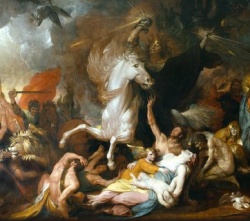
Review: Christopher Blythe, Terrible Revolution: Latter-day Saints and the American Apocalypse
Christopher James Blythe. Terrible Revolution: Latter-day Saints and the American Apocalypse. New York: Oxford University Press, 2020. ISBN 978-019-7695159. Terrible Revolution traces the central place of apocalypticism in LDS history and belief along multiple axes. Chronologically, the book traces the varieties of apocalypticism from the American religious context of Joseph Smith’s earliest activity through the…
-

The Latter-day Saint Homeschooling Conundrum
Latter-day Saint homeschooling families living outside the Mormon belt face a conundrum. For the uninitiated, many if not most homeschoolers actually do quite a bit of organized educational activities with other homeschoolers in what are called “homeschool co-ops.” Sometimes this is limited to activities while in other cases one of the parents will volunteer to…
-
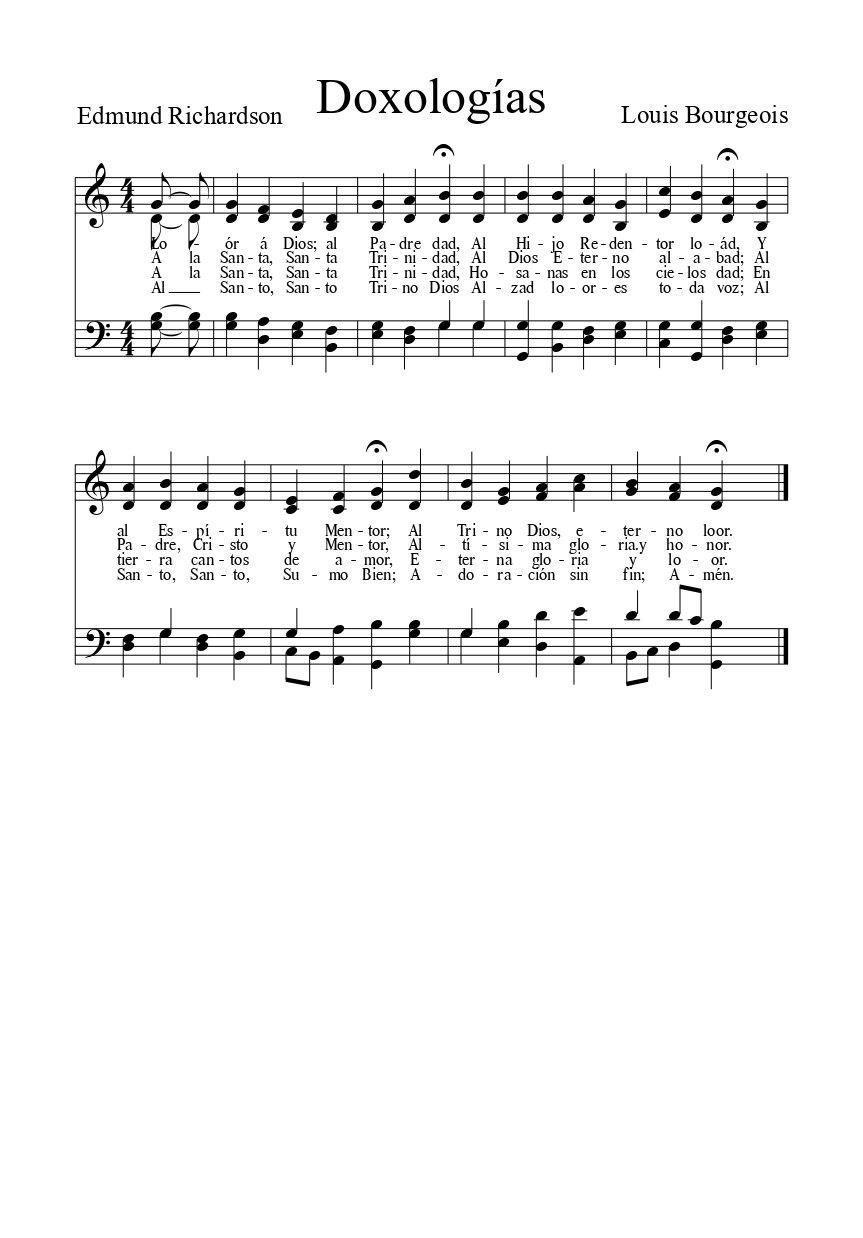
Doxologías
Doxologías is an expanded text based on “Praise God from Whom All Blessings Flow”, but it was eventually phased out in favor of the latter by the time that the 1942 hymnal was published.
-
Let’s Talk about the State of Israel
When I was 14 c. 1990, my teachers’ quorum instructor was giving a lesson (hard to remember what the particular topic was) when he went into a diatribe about what a horrible injustice the creation of the state of Israel was. I’d never heard anybody say that before, but I’ve come to agree whole heartedly…
-

How Literally Do Members Take the Church’s Truth Claims?
Stephen Cranney and Josh Coates This is one of a series of posts discussing results from a recent survey of current and former Latter-day Saints conducted by the BH Roberts Foundation. The technical details are in the full methodology report here. Occasionally in Latter-day Saint discourse people that have lost their testimonies of the Church’s…
-
Cutting-Edge Latter-day Saint Research, May 2024
Sorrell, Sydney A., G. Tyler Lefevor, Samuel J. Skidmore, Rachel M. Golightly, and Kyrstin NL Searle. “Understanding How Religiousness Shapes Perceptions of Compulsive Sexual Behavior.” Journal of Sex & Marital Therapy (2024): 1-16.
-
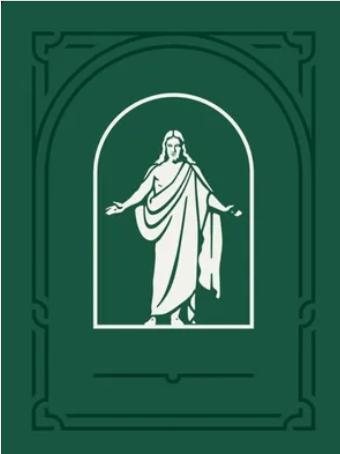
One Day More
Hymns—for Home and Church will be getting its first preview tomorrow! Back at the start of April, the Church announced that “12 hymns of the new ‘Hymns—for Home and Church’ will be available on May 30, 2024.” We already know that “Come, Thou Fount of Every Blessing” will be among those (that was explicitly stated…
-
Architectural Influences of Modern Temples
I’ve always had a sort of amateur, passing interest in architecture, and temple architecture in particular. However, I’ve never had enough to
-

Religious Studies Graduate Programs are Pyramid Schemes. Just Say No.
Blind leading the blind I’m not saying that religious studies folks are blind to things that matter, I just thought it was a good depiction of the religious studies treadmill in general, and I kind of just like the picture. I have one of those Facebook friends who I’ve only met briefly once in real…
-
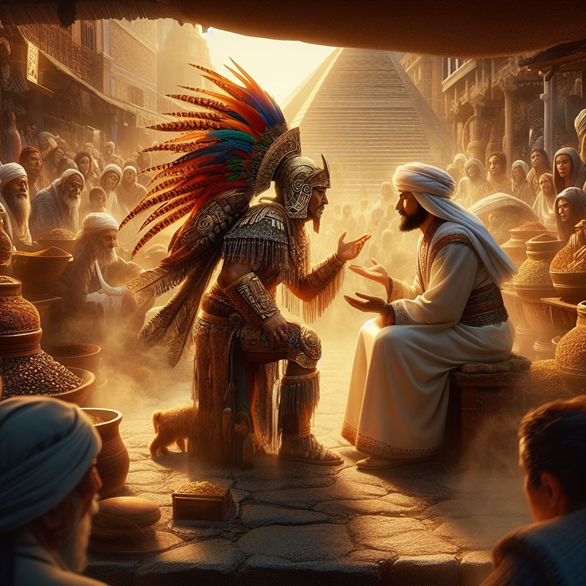
Sherem the Native American
Despite keeping the name-title of the Nephite founder in their royal name, the outsized positive influence of that prophet-king and founder of the Nephites was clearly quickly missed. “The people of Nephi, under the reign of the second king, began to grow hard in their hearts, and indulge themselves somewhat in wicked practices,” Jacob lamented…
-
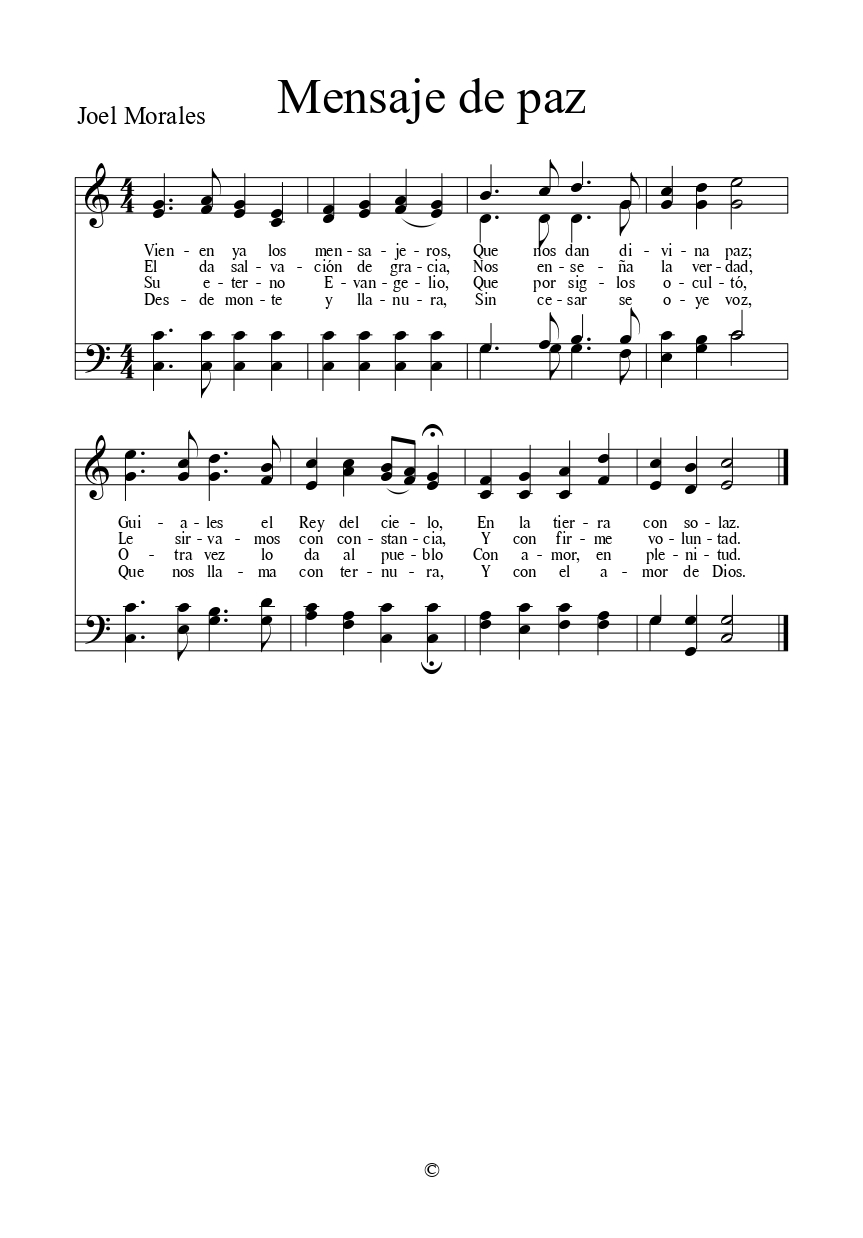
“Mensaje de paz”
“Mensaje de paz” by Joel Morales is notable as being the song that was sung when Elder Melvin J. Ballard and then-ambassador J. Reuben Clark, Jr. visited with the Latter-day Saints in Mexico in 1932. Morales is also the author of “La Proclamación” and “Final.”
-
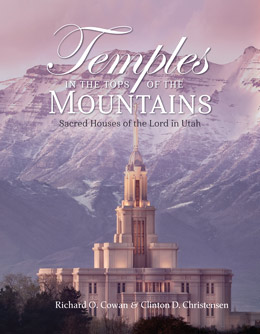
Temples in the Tops of the Mountains
Temples in the Tops of the Mountains: Sacred Houses of the Lord in Utah by Richard O. Cowan and Clinton D. Christensen (BYU RSC and Deseret Book Company, 2023) helped me solve a long-time mystery about my life. You see, when I was six years old, I went to the Vernal, Utah Temple open house.…
